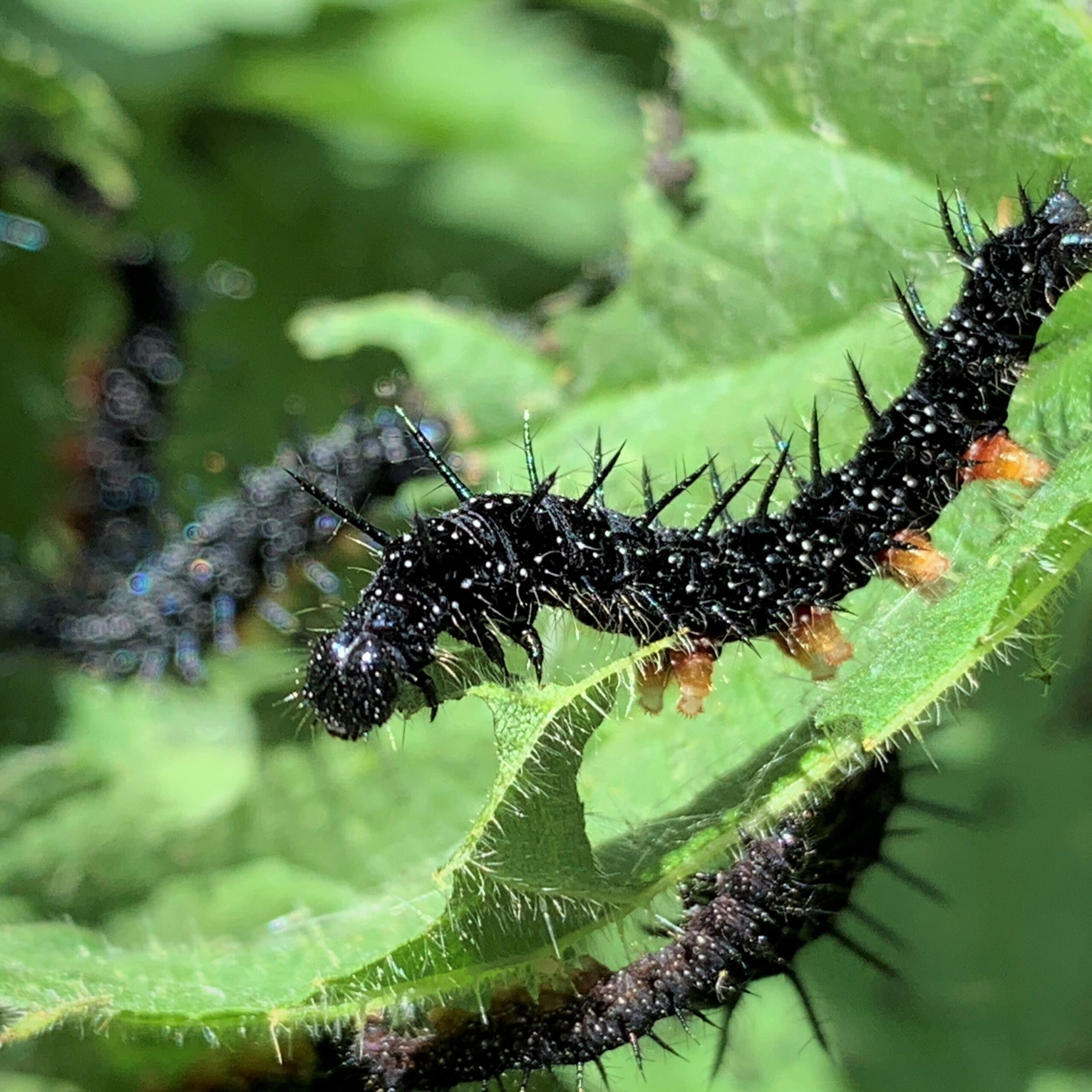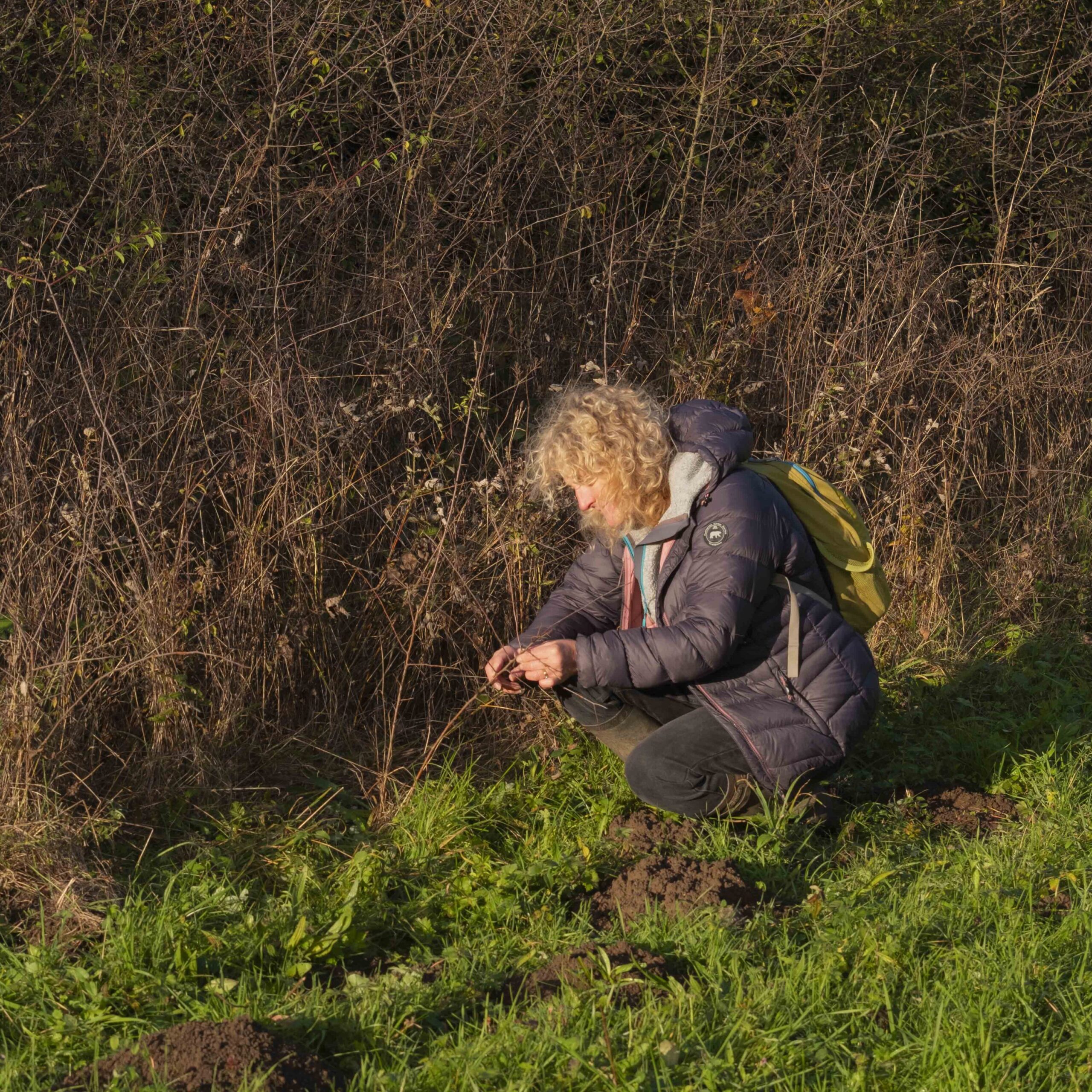Half of the world’s habitable land is farmed, yet agricultural management, including conservation interventions, is rarely evaluated for its impact on the welfare of wild animals. In particular, the implications for invertebrate welfare have not been considered. We have been developing a risk analysis framework for assessing the welfare impacts of agricultural practices on butterfly larvae.
CONSERVATION CONTEXT
Despite their vast numbers and diversity, little attention has been paid to the welfare of wild invertebrates on farmland. There is increasing evidence that many invertebrates, including insects, experience pain and consciousness. Even if it is difficult to judge the extent to which invertebrates suffer, the vast numbers involved warrant greater consideration of their welfare and our responsibilities towards them.
We use lepidopteran larvae as a model for auditing the welfare impact of agricultural activities on invertebrates. In Lepidoptera (butterflies and moths), adults are the most visible stage, but the much more abundant larvae are less mobile than adults and may be particularly vulnerable to stresses. Examples include potential impacts on larval nutrition from loss of foodplants due to activities such as herbicide applications, impacts on their environment through loss of shelter and increased exposure to predators, and impacts on health of larvae through direct effects of pesticide applications to fields. The scale of welfare impacts is potentially huge due to the area of land and numbers of individuals affected.
APPROACH
Our methodology is loosely based on a risk assessment framework. Using welfare assessment methods we can assess how larvae are affected by different agricultural practices and conservation interventions. By incorporating estimates of the number of individuals and amount of habitat affected in the UK we can upscale the local impacts to large scale geographic impact.


PROJECT MEMBERS
Ruth Feber coordinates this research. Paul Johnson collaborates on risk assessment framework design, development and analysis.